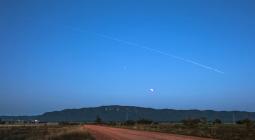Ο πλανήτης σας στέλνει την αγάπη του κάθε μέρα και όχι μόνο του Αγ. Βαλεντίνου και περιμένει υπομονετικά τη δική σας.
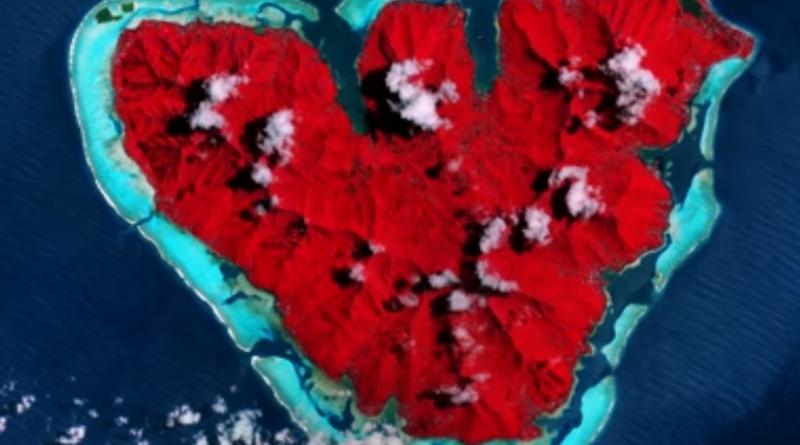
IMAGES OF LOVE FROM OUR PLANET ON VALENTINE'S DAY COURTESY OF E.S.A.
“Valentine’s Day has struck again,” tweeted ESA astronaut Thomas Pesquet when he posted this image of a heart-shaped lake in Mongolia. Thomas took this image from the International Space Station during his Proxima mission in 2017.
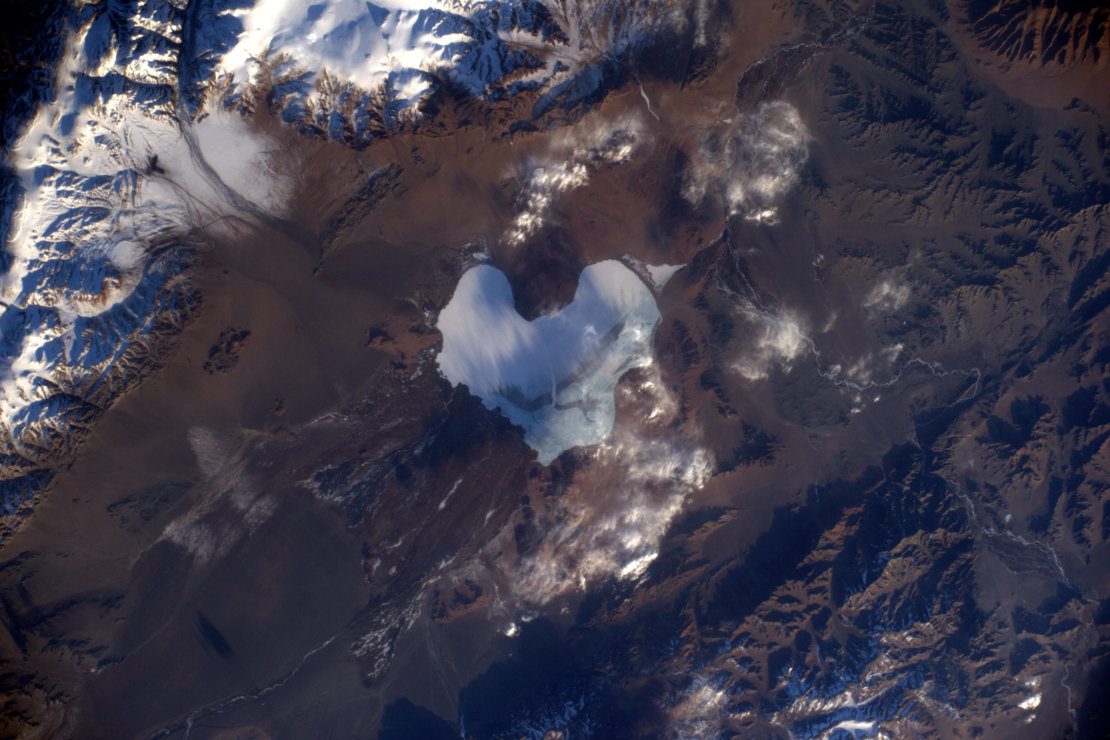
"LOVING" PLACES
Two years on, it is that time of year again, the day that brings some joy and others anxiety. But if thoughts of ordering flowers and making dinner reservations are stressing you out, spare a thought for our stressed-out Earth.
The fact that Earth is rich in flora and fauna is without question, but our planet is changing fast – particularly because human activity is placing pressure on natural resources.
Increasing industrial production and a continued reliance on fossil fuels is causing global temperatures to rise. With a change in climate comes huge environmental challenges that humans will not be able to keep up with.
We need to check the status of our relationship with Earth before we wreck it. How?
The first step to fixing a problem is to understand the causes and full extent of it. The vantage point of space provides a window on the world like no other, through which to understand and monitor our changing planet.
And Earth-observing satellites are not the only tools to do this. Astronauts are also viewing Earth from space and taking pictures. Their photography is not just a perk of being an astronaut; they are often used to supplement satellite imagery and provide a different perspective.
Take the case of ESA astronaut Andreas Mogensen. He was tasked with capturing a phenomenonnotoriously difficult to photograph from Earth: elusive electrical discharges in the upper atmosphere that sport names such as red sprites, blue jets, pixies and elves. Reported by pilots, they are difficult to study as they occur above thunderstorms. (A dedicated instrument calledASIM has since been launched to the Space Station to monitor this phenomenon).
Besides their value to science, astronaut photographs from space are a great tool for science communication. From the very first images of Earth taken by NASA astronauts in the 1960s that showed the world how fragile Earth is, to the ones like this taken by astronauts and posted to social media, they all drive home an important message:
Love our planet, because it is the only home we have.
This image, which was captured by the Copernicus Sentinel-2 mission on 7 July 2018, features one of the most extraordinary lakes in the world: Lake Strobel, also known as Jurassic Lake, in Argentina. Lying on the desolate expanse of the Patagonian steppe, this remote and relatively untouched lake is fed by waters of the Rio Barrancoso. And while the landscape may appear hostile, the lake’s crystal clear waters are oddly productive – leading to it being home to some of the biggest rainbow trout in the world. These giant fish are thought to have led to the lake being called ‘Jurassic Lake’.
While a big fish may not be on everyone’s wish list for Valentine’s Day, the environment of the lake is unique – like the unique place that Earth has in the solar system, allowing life to thrive. The fact that Earth is rich in flora and fauna is without question, but the planet is changing fast – particularly because human activity is placing pressure on natural resources and ultimately causing the climate to change.
Satellites allow us to understand and monitor changes taking place – so that informed decisions can be made to help protect our world for future generations and for other species than inhabit this special planet. Monitoring remote and unique environments such as the lake we see here is particularly important. From their vantage point in space, satellites can systematically image and measure fragile ecosystems that are otherwise difficult to access. And, indeed, satellites keep watch over our entire globe.
Moorea is the second largest island in the French Polynesia’s Society Archipelago, about 20 km northwest of Tahiti, the largest island. Moorea is part of a chain of islands formed by hot-spot volcanism. This means that volcanoes are created by ‘fixed’ hot areas in Earth’s mantle. Because of plate tectonics, the plate gradually moves away from over the hotspot, carrying a volcano with it while a new volcanoes form in a chain behind.
These kinds of islands are constantly changing, eroding and sinking back into the ocean over millions of years. However, changes are taking place at a much faster rate because of the marks human activity leaves on the natural landscape and because of climate change.
Moorea is a high island – rugged and mountainous with fertile soils. The image has not only been processed in red for Valentine’s Day, but the processing uses red to highlight vegetation.
Moorea’s lush vegetation is one of the qualities that gives the island its beautiful tropical appearance. However, the island’s vegetation has changed dramatically as human have shaped it for their uses over the 1200 years or so since it was first inhabited.
The island is surround by coral reef. Coral reefs are among the most fragile ecosystems in the world, threatened by fishing and pollution, and rising temperatures, which are linked to ocean acidification – a coral killer. Thankfully, Moorea’s reef is still relatively pristine and is home to an abundance of reef fish and corals that are high in diversity, indicating the robust condition of the ecosystem. However, runoff from agriculture, other pollution, ocean plastics and warming seas remain a threat.
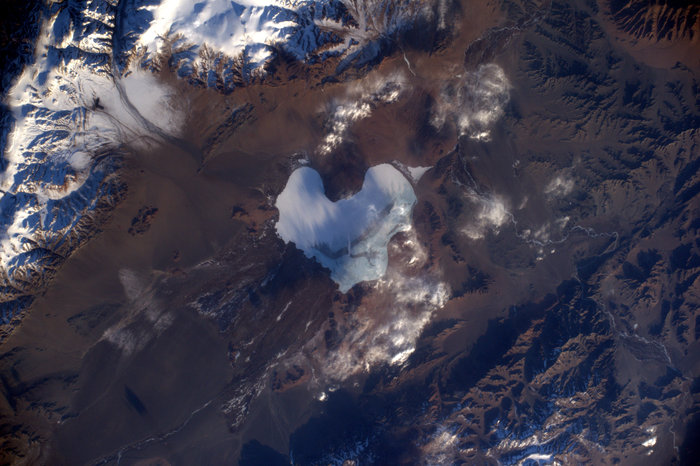
We send our love for Valentine’s, and for that matter every other day of the year, to our beautiful planet Earth.
11 February 2019
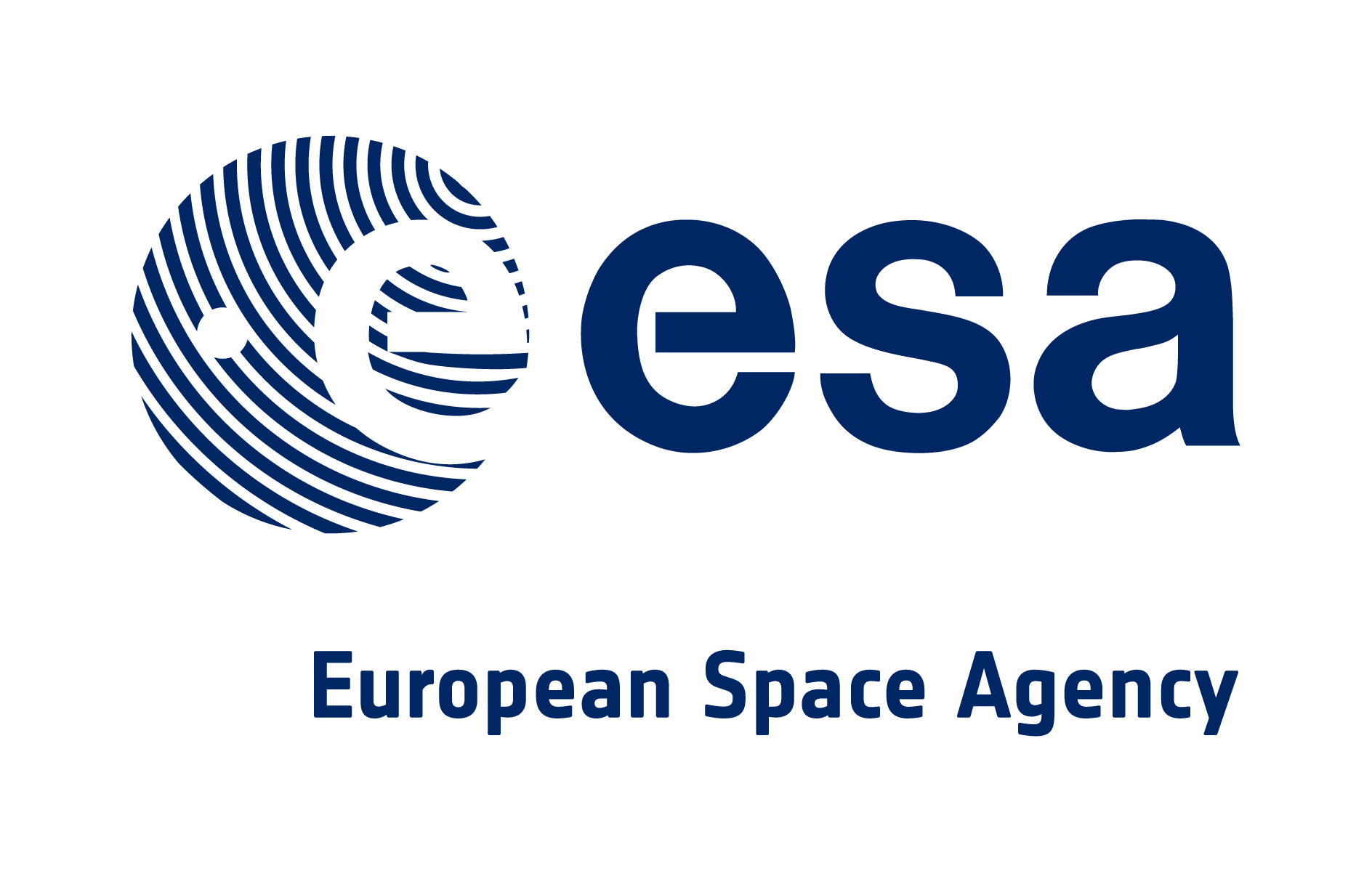
SEE EARTH'S LOVE MESSAGES FROM SPACE


